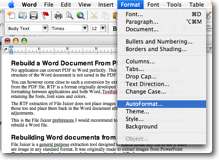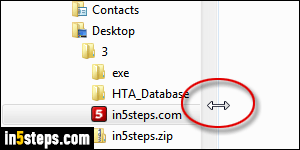
These are pre-made for the different types of files that you might have, like documents, movies, pictures, and so on. And what I see inside of that folder are these default folders that are set up by the computer, inside of each home folder to store your stuff. See how useful user accounts can be? Let's open up my home folder, the one with my name on it. Now, if you have more than one user accounts set up on your computer, each user will have their own home folder, and you cannot see the contents of another user's home folder, unless you sign into their account. This is called the home folder, and it's where all of your personal files should be stored. And here you will find a folder with your name on it or an abbreviation of your name.

And that leaves us with the user's folder. So I want to take a step back, I'll click this back button, that's the one pointing to the left up here in the toolbar, and I'm back to the main root of my storage drive. This is important, but we'll spend time with this in a different video. And this is where the applications or programs on your computer are stored. Moving or deleting files in one of these folders, can cause problems with your computer. Most users have no reason to ever open these folders and I include myself in this. Now, the library folder and the system folders are really easy.

Everything on your storage drive is inside of one of these folders. On your drive, you might have more, but you should at least see these four.

When I select that, I'm looking at the root level of my main storage drive. And if you do not see the Macintosh HD listed here in the sidebar, just make sure you refer back to the first video in this chapter. So I'll click the finder icon in the doc, and I want to go to my main system drive. Before you store and organize your own files, it's important to understand the folder structure that already exists in macOS so you can work within that organization.


 0 kommentar(er)
0 kommentar(er)
